In the annals of British aristocracy, few figures shone as brightly and briefly as Maria, Countess of Coventry, née Gunning. Born in 1733 and departing in 1760, Maria’s mesmerizing beauty and tragic story make her an iconic figure of 18th-century glamour. This article unveils her journey, from her roots in County Roscommon to her ascendancy within English high society, and her untimely demise.
From County Roscommon to English Aristocracy
Born as the eldest daughter of John Gunning of County Roscommon, Ireland, Maria Gunning’s early years stood in stark contrast to the grandeur she would later embody. Despite hailing from nobility, the Gunning family faced financial struggles, overshadowing their aristocratic status. Yet, Maria and her sister Elizabeth’s remarkable beauty soon catapulted them from local Irish tales to English legends.
Entrance into London Society: The Gunning Sisters’ Rise
In 1751, the Gunning sisters were introduced at the Dublin Court. Their captivating beauty was an instant sensation, leading to an invitation to London by the then Earl of Harrington. Upon their arrival, London society was abuzz. Their beauty wasn’t just whispered about; it became an epochal event.
Marriage to the Earl of Coventry
Smitten by Maria’s allure, George William Coventry, the 6th Earl of Coventry, proposed. They tied the knot in 1752. In the span of a year since her London debut, Maria Gunning had metamorphosed from an Irish noble’s daughter to the Countess of Coventry.
The Luminary of 18th Century High Society
As the Countess, Maria was the crown jewel of social gatherings. Her ethereal beauty, coupled with grace, positioned her as a luminary in the 18th-century social scene. Every ball, every court gathering, her presence was emblematic of the era’s beauty ideals.
The Toxic Nature of Beauty Standards
But her radiance had a dark side. Pressured to uphold her legendary beauty, Maria resorted to cosmetics containing white lead, a perilous substance. This beauty standard, emphasizing pale, unblemished skin, had a hidden cost – the toxicity of lead.
Maria’s Health and Tragic Demise
By the late 1750s, signs of lead poisoning in Maria became evident. The flawless beauty was now marred by health issues, culminating in her tragic passing in 1760 at 27. The luminous star of high society had tragically dimmed.
Legacy and Memory: The Everlasting Countess
Today, Maria’s legacy is twofold. She symbolizes 18th-century British society’s aesthetics and serves as a cautionary tale. Her story, combining a meteoric rise and a heartbreaking fall, mirrors the era’s paradigms – the beauty norms, societal pressures, and life’s fleeting nature.
The Story’s Relevance Today
Maria’s story, while deeply rooted in the 18th century, finds echoes today. The societal urge to fit beauty molds, the hazards of external validations, and the potential dangers lurking in beauty products are contemporary concerns.
In Summation: Maria, a Timeless Tale
Maria, Countess of Coventry, née Gunning’s life transcends historical recounting. It offers timeless insights, balancing societal norms with personal health and well-being. While beauty might be ephemeral, the legacies left behind can be eternal.
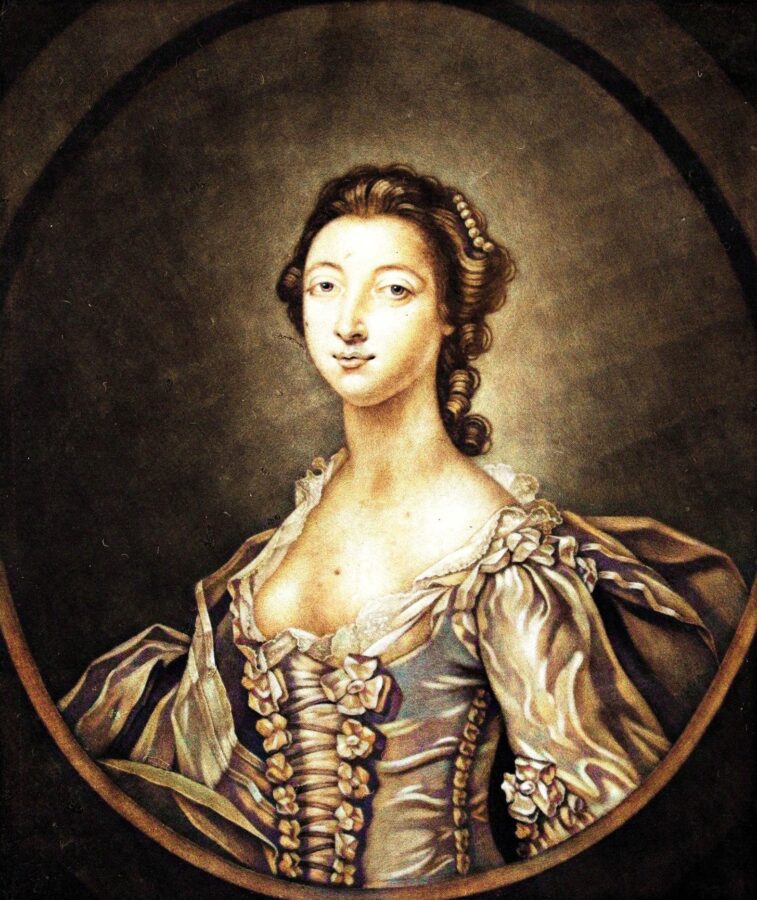


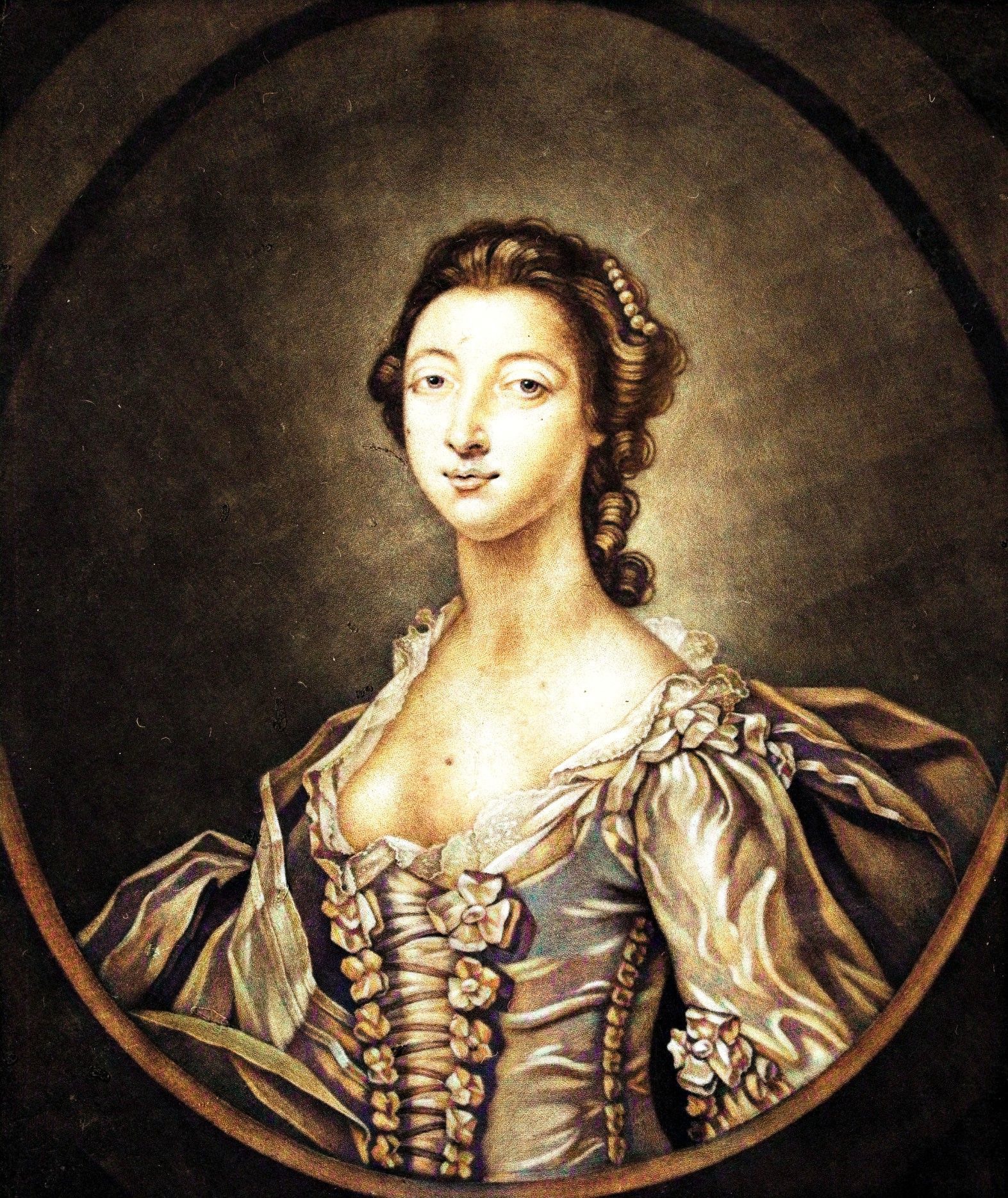
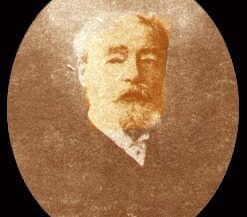
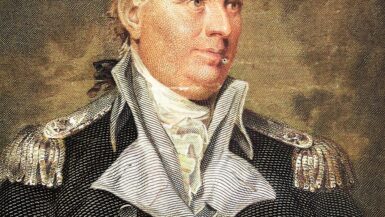
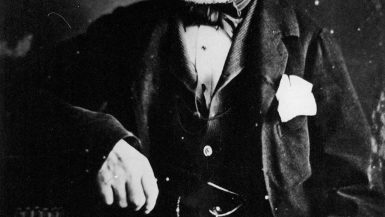
Leave a reply